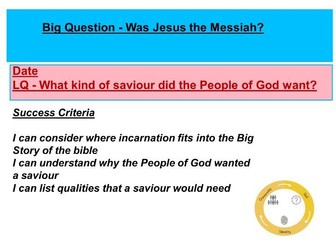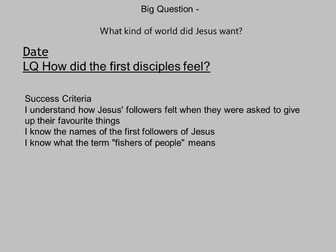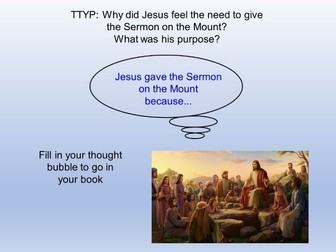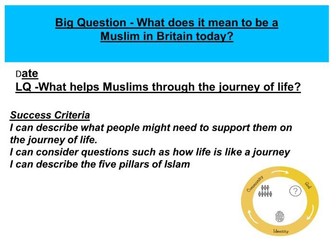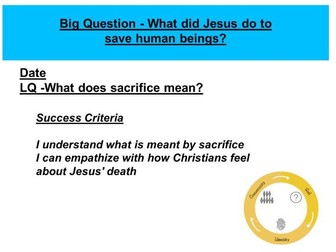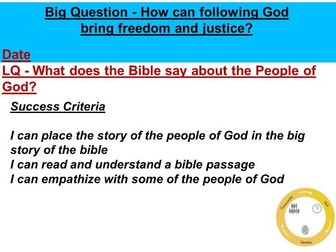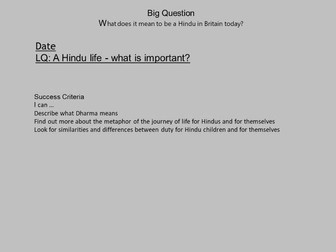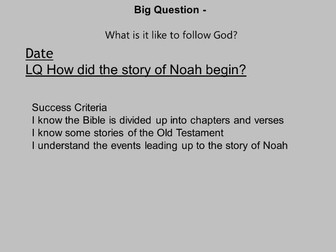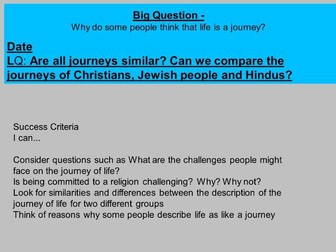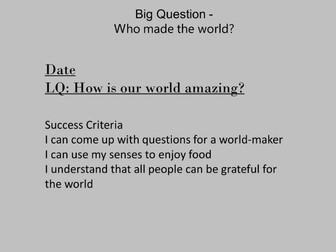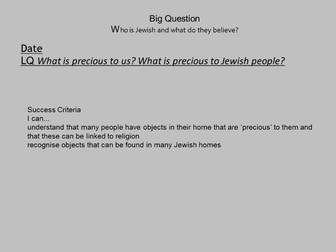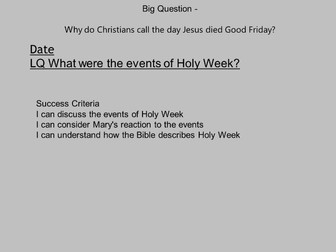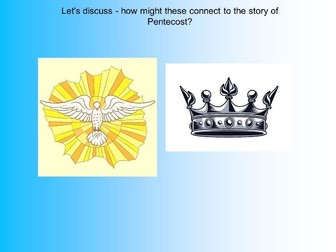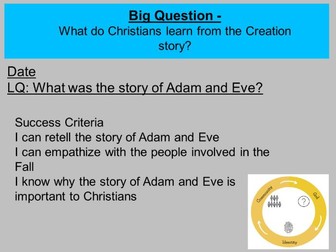RE SMART and PowerPoint Was Jesus the Messiah? Incarnation unit of six lessons plus all resources
This RE SMART and PowerPoint unit of six lessons looks at the question Was Jesus the Messiah? It covers the concept of Incarnation and is based on the Understanding Christianity scheme of work.
All lessons start with a sticky knowledge retrieval quiz and vocabulary exercise. Activities include writing the top ten qualities desired in a saviour, a investigation into what qualities the Bible says the Messiah will have, writing a TV advert for a Messiah, analysing Bible passages for evidence that Jesus was the Messiah, considering what a Messiah would look like today and what they would change about the world, looking at Transfiguration through Bible passages and art work and a study of Christian and non-Christian attitudes and beliefs about Christmas.
Lessons include videos, group/partner discussion, group tasks, individual tasks and making links to children’s own lives. All resources are included, and there is a printing requirement list for the whole unit. Please note - the SMART and PowerPoint contain the same content, but you need Notebook software to open SMART.
